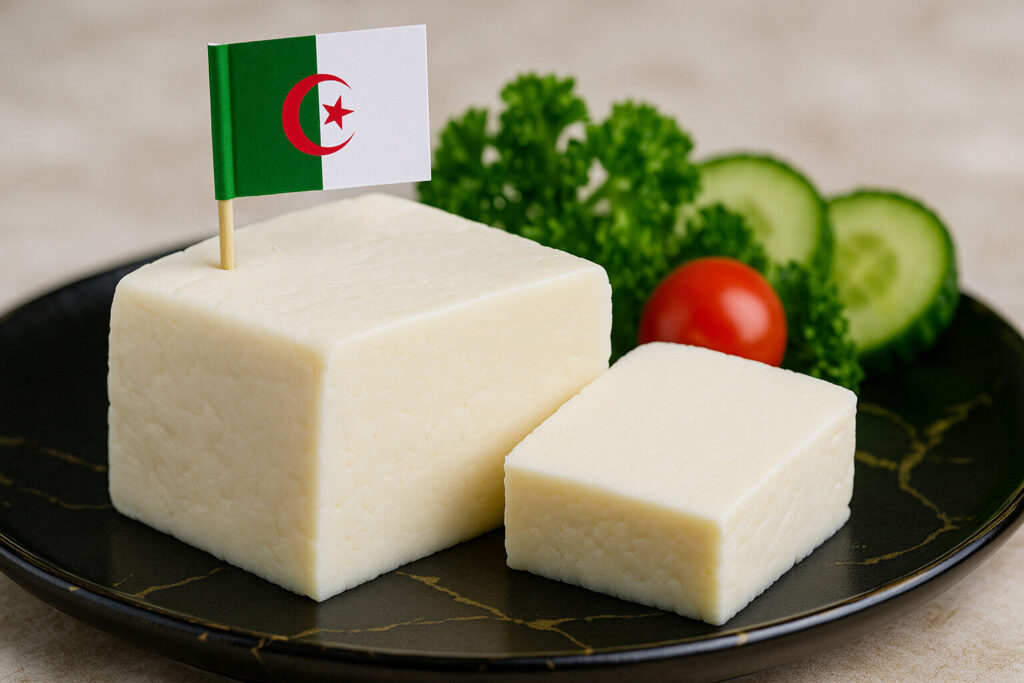Rustic Character Cheese
Definition and Scope
Rustic character cheese refers to artisanal varieties made using traditional methods that emphasize terroir and natural variations. These cheeses often exhibit visible rind development, irregular shapes, and complex flavor profiles developed through extended aging. They contrast with standardized industrial cheeses through their intentional preservation of regional techniques and microbial diversity.
The category encompasses washed-rind, natural-rind, and bloomy-rind cheeses that develop distinctive surface flora. These cheeses typically contain higher moisture levels and undergo affineur-guided maturation in controlled environments. Their production scale remains limited to preserve handmade qualities and unique seasonal characteristics.
Production Methods
Traditional production begins with raw or thermalized milk from specific animal breeds grazing on local pastures. Cheesemakers employ hand-ladling techniques and natural coagulation rather than industrial standardization. The curds receive minimal mechanical processing to preserve delicate texture and whey retention.
Aging occurs in natural caves or specialized cellars with carefully managed humidity and temperature cycles. Affineurs regularly turn and wash cheeses with brine, beer, or spirits to develop surface microbiology. This hands-on approach creates variations between batches that reflect seasonal milk composition and environmental conditions.
Sensory Profile
The aroma spectrum ranges from earthy mushroom notes to pungent barnyard characteristics in washed-rind varieties. Texture progresses from semi-soft to firm with occasional crystalline tyrosine formations in aged specimens. Visual characteristics include rustic rinds with natural mold blooms and uneven coloration patterns.
Flavor development features pronounced umami components alongside balanced salt and acidity. Older examples develop caramelized notes and protein breakdown compounds that create lingering complexity. The finish often carries subtle mineral traces reflecting the geological composition of grazing lands.
Culinary Applications
These cheeses serve as centerpiece items on cheese boards where their complex flavors can be appreciated unadorned. They pair exceptionally with crusty breads, whole grain crackers, and dried fruits that complement their robust character. Full-bodied red wines and rustic ales provide ideal beverage companions that match their intensity.
In cooked preparations, they add depth to sauces, gratins, and stuffed pastries when used in moderation. Their melting properties create stringy textures in baked dishes while maintaining distinct flavor presence. Chefs often use them as finishing elements to preserve their nuanced aromatic qualities.
Regional Examples
French examples include Munster Géromé from Alsace with its distinctive orange rind and spicy notes. Italian Taleggio represents the Lombardy tradition of square-shaped washed-rind cheeses with tangy creaminess. English Stilton demonstrates how blue veining develops naturally in cloth-bound cylindrical formats.
American artisanal producers like Jasper Hill Farm create award-winning washed-rind cheeses such as Winnimere. Spanish Mahón from Menorca features manual pressing that creates characteristic square edges and buttery salinity. These regional specialties maintain Protected Designation of Origin status that authenticates their production methods.

